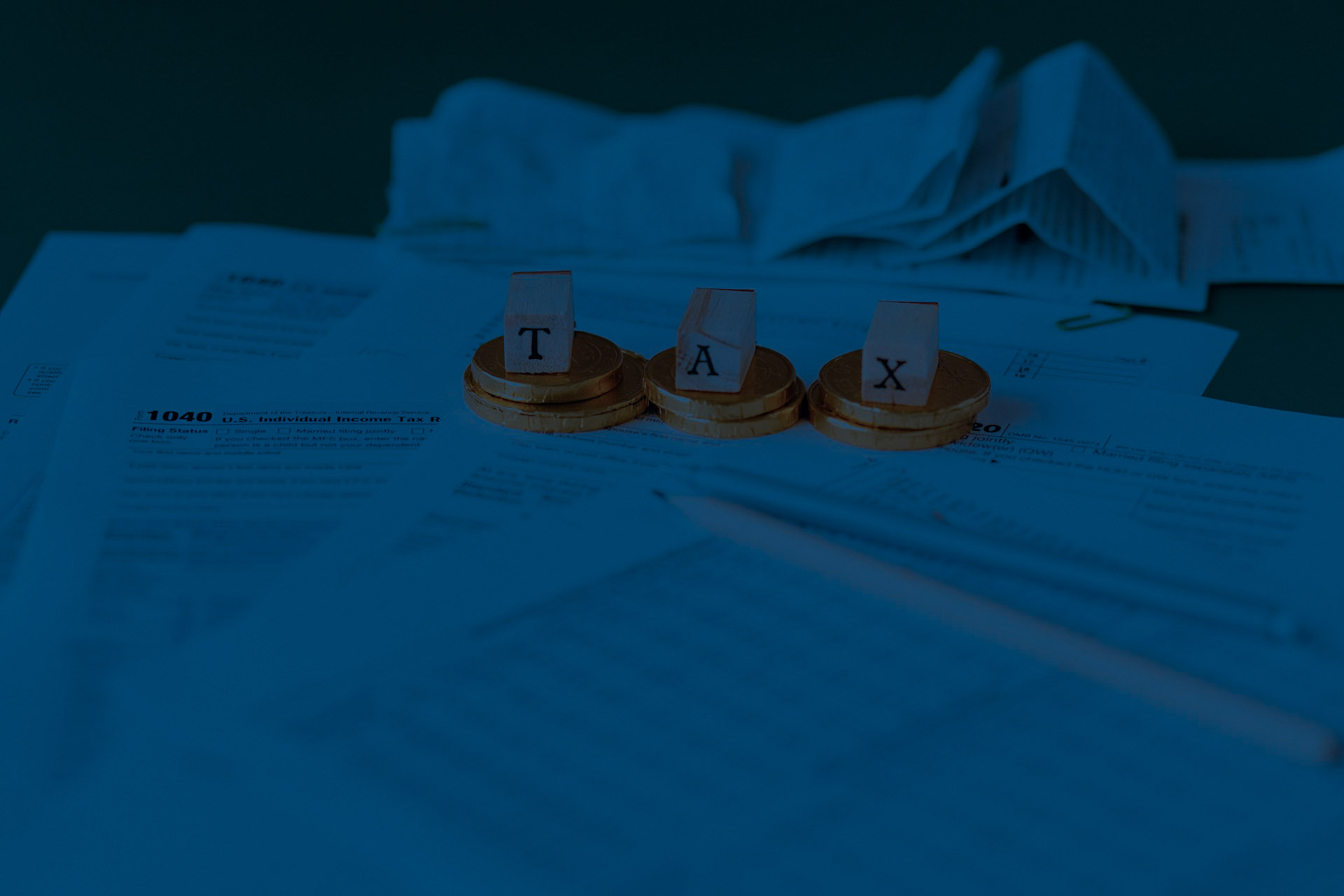
The second quarter of the calendar year is now over, which means it’s time to start preparing documents to file for estimated taxes on earned income. The deadline to file estimated taxes in the second quarter is June 15.
The Internal Revenue Service (IRS) requires individuals and businesses that have earned income that is not subject to withholding to file and pay estimated taxes on a quarterly basis throughout the year. This includes those who are self-employed, independent contractors, freelancers, small business owners, as well as income earned from rental properties and capital gains.
Note that the length of each quarter is not equal:
First quarter: January 1-March 31 (payments due April 15)
Second quarter: April 1-May 31 (payments due June 15)
Third quarter: June 1-August 31 (payments due September 15)
Fourth quarter: September 1-December 31 (payment due January 15 of the following year)
How do I know if I should pay estimated taxes?
You can always ask your accountant at Root Tax to help you analyze your current taxes and determine if you need to pay estimated quarterly taxes. But if you’d like some quick tips on how to figure it out for yourself, here are basic guidelines to follow:
- If you believe you will owe more than $1,000 in federal taxes for the tax year, you should make estimated payments.
- If your income tax withholding will be the same amount or more than the previous year’s tax return, you should not need to make estimated tax payments.
- If your adjusted gross income (AGI) was $150,000 or more (or more than $75,000 if married and filing separately) and your tax withholding was at least 10% more than the total tax of the previous year, you should not be required to make estimated tax payments.
Business owners, including sole proprietors, partners, and shareholders of S corporations need to pay estimated taxes each quarter if the tax amount owed from earnings from excess net passive income tax, investment credit recapture, and built-in gains is more than $1,000.
If you fail to submit estimated tax payments by the deadline, or if you pay substantially less in estimated taxes than you actually owe, you may face a penalty fee.
Budget Planning With Estimated Taxes
Making quarterly estimated payments can also benefit you and your business financially. Knowing you have to make quarterly tax payments is a good motivator to keep accurate records and be aware of how your income and expenses are balancing on a regular basis. You can also use these estimated payments as a regular line item in your budget, making it less likely that you have a large tax bill to pay when you file your taxes.
Note that if you make substantially more money in one quarter, you should recalculate and adjust the amount of estimated taxes you should pay.
Root Tax is Here to Help
You don’t need to figure out your estimated taxes on your own. Contact Root Tax and we will make the process of calculating quarterly taxes as easy as possible. Please also feel free to fill out our survey below to suggest future content from Root Tax.
